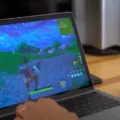Graphics cards are essential components of many computers as they enable users to display images, videos and more on thir screens. In order to ensure that the graphics card is up to date, it is important for users to know how to update graphics cards. This blog post aims to provide an overview of graphics cards and a step-by-step guide for updating them.
What is a Graphics Card?
A graphics card (or GPU) is a piece of hardware found inside a computer that processes graphical data. It is responsible for manipulating the pixels on the screen in order to create images and videos. The quality of the visuals produced by the graphics card depends on its capabilities, wich in turn depend on its make and model.
Why Should I Update My Graphics Card?
The primary reason why you should update your graphics card is because newer versions tend to offer improved performance over older ones. This means that if you want to play games or watch movies in high definition, then you should make sure that your graphics card has been updated with the latest version available. Additionally, updating your graphics card can help fix any bugs or glitches it might be experiencing as well as increase its overall stability.
How Do I Update My Graphics Card?
Updating your graphics card can be done in several ways depending on what type of GPU you have installed in your computer. Generally speaking, there are two main methods: manually downloading drivers from manufacturer websites or usig software utilities such as AMD Catalyst Control Center or NVIDIA GeForce Experience. Here’s a step-by-step guide for both methods:
Downloading Drivers Manually:
1) Identify what type of GPU you have installed in your computer (e.g., AMD Radeon HD 7950).
2) Visit the manufacturer’s website (e.g., www.amd.com) and search for drivers compatible with your GPU model and operating system version (e.g., Windows 7 64-bit).
3) Download the driver package file and save it onto your computer’s hard drive (make sure the file isn’t corrupt).
4) Open the downloaded file and follow the instructions provded by the installation wizard until completion (restarting may be required).
Using Software Utilities:
1) Download either AMD Catalyst Control Center or NVIDIA GeForce Experience depending on which type of GPU you have installed in your computer (AMD/NVIDIA).
2) Open either program once it has finished installing onto your computer’s hard drive/SSD/SSHD/external storage device etc.. 3) Follow any instructions povided by either program until complete (restarting may be required).
That concludes our brief overview of graphics cards and how to update them! If you still have any questions regrding this topic then feel free to contact us at [email protected] We hope this blog post has been helpful!
Updating Graphics Card on Windows 10
Updating your graphics card in Windows 10 is an easy process. To begin, press the Windows key + R to open the Run box. Then, type ‘devmgmt’ into the box and hit Enter. This will open the Device Manager window where you can view all of your computer’s hardware components. Once opened, expand the Display adapters section, right-click on the driver you want to update and select ‘Update Driver’. From there, select ‘Search automatically for drivers’ and follow any on-screen instructions to complete the update. After that, your graphics card driver should be updated and ready to go!
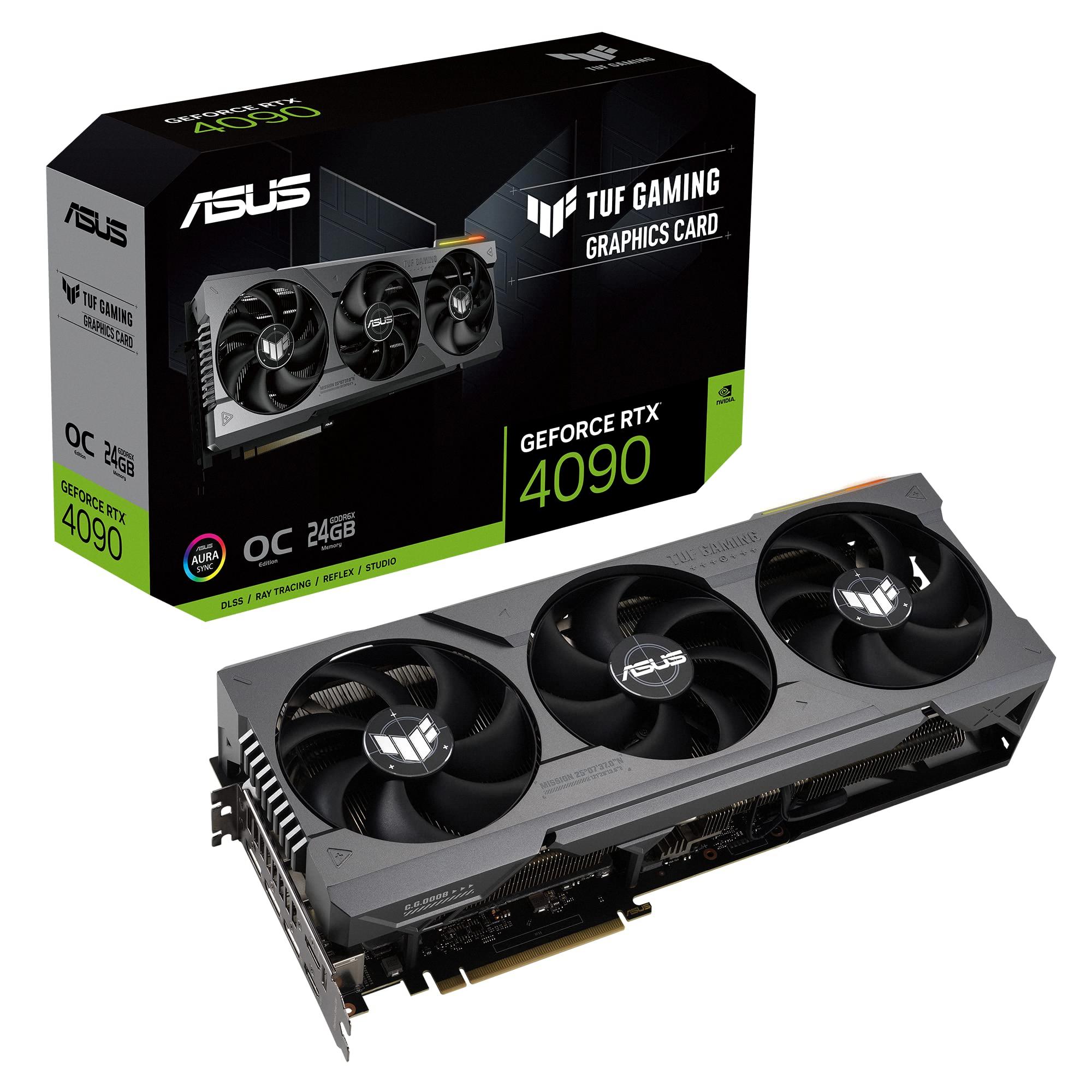
Source: amazon.com
Updating Graphics Card Software
Yes, you can update your graphics card software. Updating your graphics card software can improve your computer’s performance and help fix any issues with the driver. To update the software, you’ll need to identify the make and model of your graphics card, then download the latest driver from the manufacturer’s website. Once you have downloaded the driver, you can install it on your computer. Additionally, if you are using Windows 10, some device drivers may be updated through Windows Update automatically.
Updating Your Graphics Card: Is It Necessary?
Yes, updating your graphics card is important for getting the best performance out of your computer. Updating the driver can help improve gaming performance and any other graphics-intensive tasks. It’s also a great way to get the most out of your hardware, as newer drivers can provide bug fixes, optimizations, and new features. Plus, it’s free to do so!
Viewing Graphics Card in Device Manager
The graphics card can be found in Device Manager by followig these steps:
1. Press the Windows+X or right-click the lower-left corner to open the Quick Access Menu, then select Device Manager.
2. On the window that appears, you will find a section called Display adapters. This section shows which graphic card is used by your computer.
Updating a Nvidia Graphics Card
Updating your Nvidia graphics card is a simple process. First, you’ll need to download the Nvidia GeForce Experience software. Once the software is downloaded, open it and use the “Check for Updates” button to see if there are any available driver updates for your graphics card. If there are any updates available, the GeForce Experience will prompt you to select wheher you want to install the standard driver or a specialized one (this is optional). Finally, click the “Download and Install” button to download and install the updates. After following these steps, your Nvidia graphics card should be updated and ready for use!
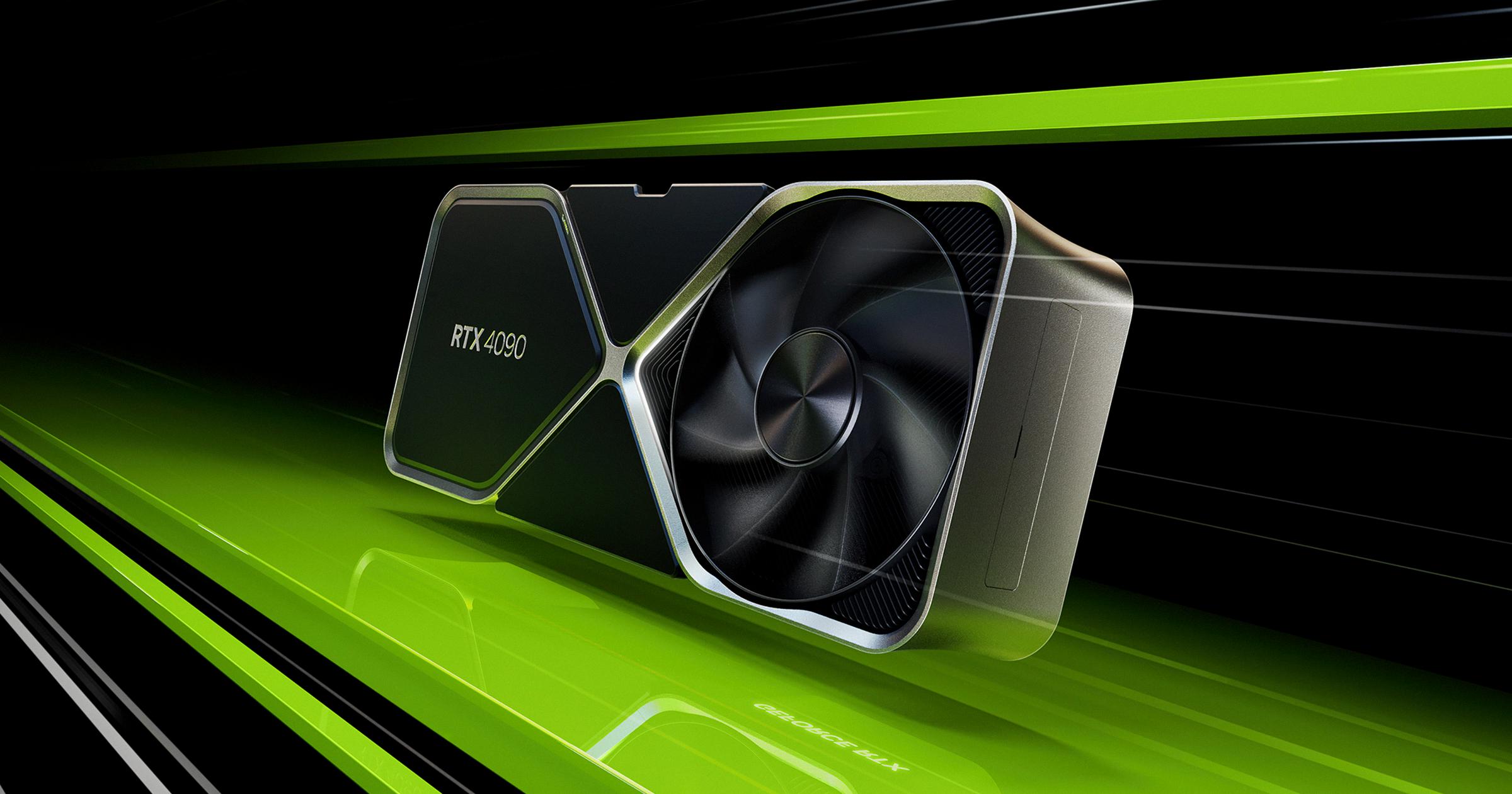
Source: nvidia.com
Checking If Graphics Card is Up To Date
To check if your graphics card is up to date, you will need to open the Device Manager on your computer. To do this, press the Windows key and type “Device Manager” in the search bar. Once the Device Manager window has opened, expand the “Display adapters” section by clicking on the arrow next to it. Right-click on your graphics card and select “Properties” from the menu. In the Properties window, go to the “Driver” tab and look at the Driver Date field – this will tell you when your driver was last updated. If it is more than a few months old, it is recommended that you update it. You can do this by ging to your computer manufacturer’s website and searching for an updated driver for your model of graphics card. Alternatively, you can use Windows Update to search for new drivers as well.
Checking Graphic Driver
Checking your graphic driver is a simple process. First, you’ll need to access the DirectX Diagnostic Tool (DxDiag). To do this, open the Start menu and type “dxdiag” into the search bar. Then hit Enter or click on the dxdiag icon that appears. Once in the DxDiag tool, click on the Display tab at the top of the window to view your display driver information. This should include a version number and manufacturer of your graphics card’s driver. If you would like to ensure that you are uing the latest version of your graphic driver, you can use Windows Device Manager to update your driver. To do this, open Device Manager by typing “device manager” into the search bar in your Start menu and clicking on it when it appears. From there, expand Display Adapters to find your graphics card and right-click it before selecting Update Driver from the drop-down menu that appears. You can then choose either “Search automatically for updated driver software” or “Browse my computer for driver software” to install an updated version of your graphic driver if available.
Troubleshooting Issues with Updating Graphics Cards
Your graphics card may not be updating due to a variety of reasons. If your graphics card is too old, it may not be compatible with the latest drivers. Additionally, if you have recently installed a new program or software update, this can also case problems for your graphics card. Outdated or corrupted drivers, incorrect BIOS settings, and hardware conflicts can all prevent your graphics card from updating properly. You can attempt to troubleshoot the issue by booting into safe mode and reinstalling the graphics card driver, but if that does not work it would be best to consult a professional for assistance.
Frequency of GPU Upgrades
It is generally recommended to upgrade your GPU every 3-4 years if you want to stay current with the latest graphics technology. This will help keep your system up-to-date and ensure you can experience the best possible gaming performance. However, if your current GPU is still able to handle the games you play wthout any major issues, then it may not be necessary to upgrade so often. In some cases, depending on how intensively you use your GPU, it may last for 5 or even 6 years before needing an upgrade. Ultimately, it all comes down to how well you take care of it and how much you are willing to invest in a new one when the time comes.
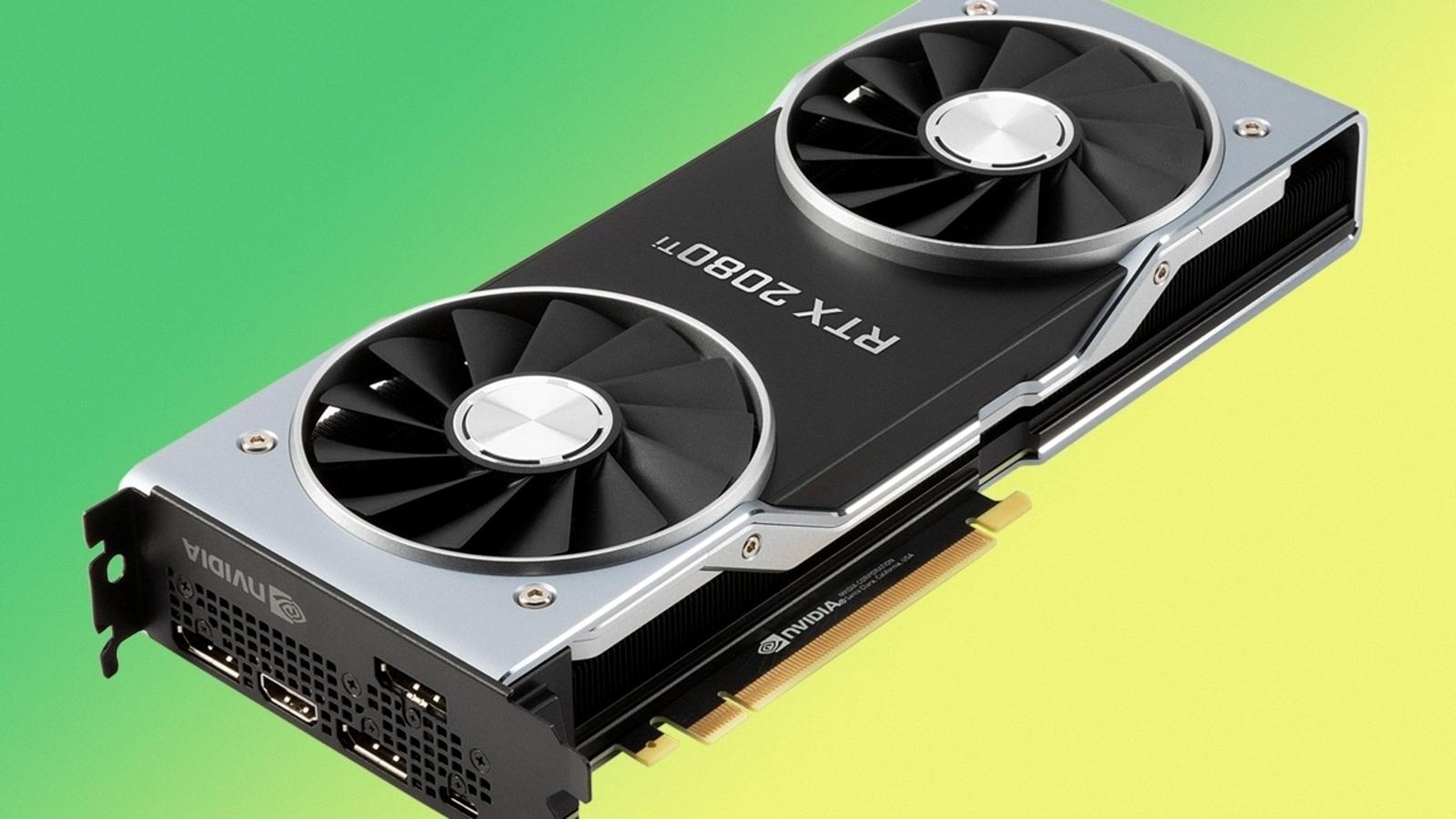
Source: eurogamer.net
Is Updating Graphics Drivers Safe?
Yes, updating your graphics driver can be safe. In general, it is a good idea to keep your drivers up to date snce newer versions often contain bug fixes and performance improvements. However, you should only update your graphics driver if you notice a problem with your display or if the manufacturer has released a new version that specifically addresses an issue you are having. Before updating the driver, it is important to make sure that it is compatible with your hardware and operating system. Additionally, you should back up any important files before proceeding with the update.
Increasing Graphics Card Performance
1. Update your graphics card drivers: Outdated graphics card drivers can cause performance issues, so it is important to keep them up-to-date. To update your graphics card drivers, you need to know the exact model of your graphics card and the version of Windows you are using. You can then download and install the correct drivers for your graphics card from the manufacturer’s website.
2. Overclock your GPU: Overclocking your GPU can be a great way to increase performance and get extra frames per scond (FPS). However, before attempting this, make sure you have a good cooling system in place as overclocking can generate excess heat. If done correctly, overclocking can offer significant improvements in FPS without sacrificing stability or reliability.
3. Upgrade your RAM: Increasing available RAM can help improve gaming performance by reducing the amount of hard drive swapping that occurs when playing games on low-end systems. In addition, upgrading RAM will increase overall system performance by allowing more applications to run simultaneously without using virtual memory.
4. Change game settings: Many games allow you to customize ther graphical settings which can be used to improve framerates or increase visual fidelity depending on your preferences and hardware capabilities. Lowering certain graphical settings such as resolution or anti-aliasing may reduce the workload on your GPU and lead to better overall gaming performance on older hardware.
Checking a Graphics Card
To check your graphics card, you can open the System Information tool. On the Start menu or desktop search bar, start typing “System Information” and select it when the option appears. Once the System Information window is open, click the “+” symbol next to “Components” in the upper left corner, then select “Display.” You’ll see the name of your graphics card, its type, and device ID. This information will help you determine which type of graphics card you have and what kind of performance to expect.
Verifying That a Graphics Card Is Working
If you want to check if your graphics card is working, you can open the Windows Control Panel and click on System and Security, then Device Manager. In the Display Adapters section, double click on the name of your graphics card. Then look for the “Device status” field – if it reads “This device is working properly”, then your graphics card is functioning as expected. However, if it does not say this, or if tere are any errors listed in the Device status field, it may be an indication that something is wrong with your graphics card. In this case, you may need to update your drivers or replace hardware components in order to get the card working again.
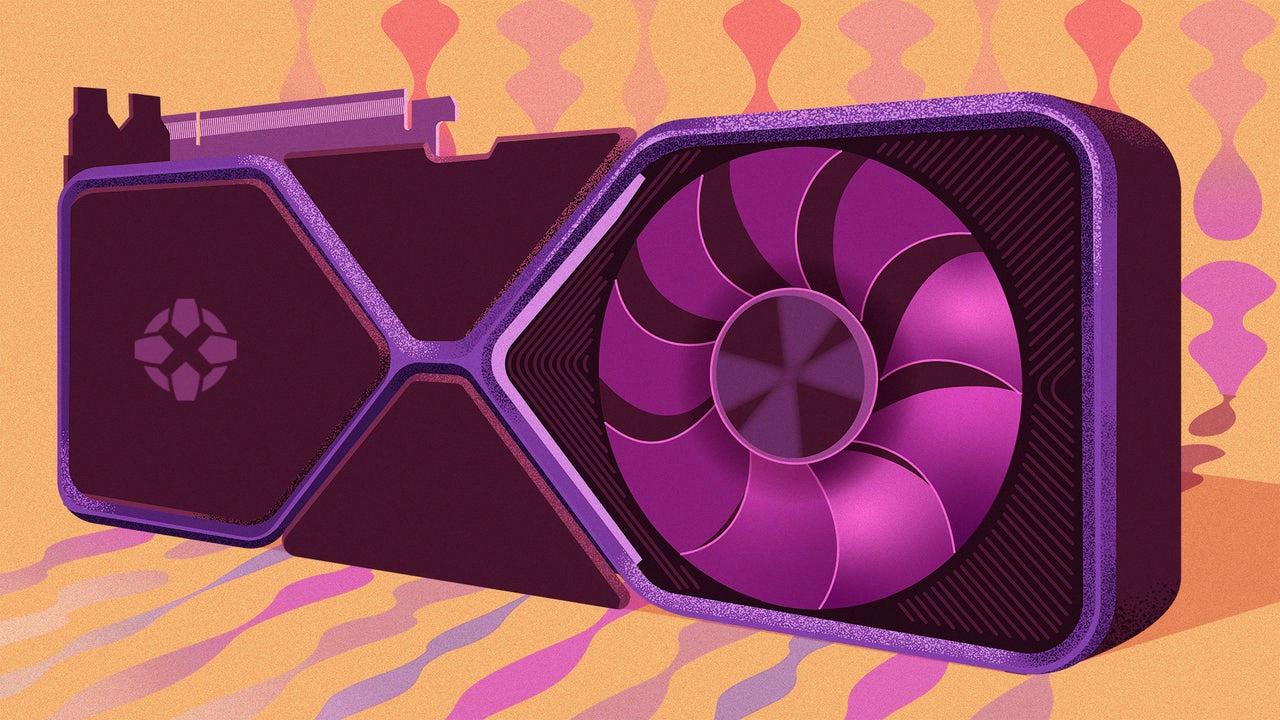
Source: ign.com
Fixing Computer Graphics Issues
The firt step in fixing your computer’s graphics is to update the video card drivers. Outdated drivers can lead to glitches and errors, so it’s important to keep them up-to-date. To do this, you’ll need to find out what type of video card your computer has and then visit the manufacturer’s website to download the latest driver for that card. Once you have downloaded and installed the driver, restart your computer for the changes to take effect.
If updating the drivers doesn’t help, you may need to disable and then enable the graphics card. To do this, go into Device Manager (on Windows) or System Profiler (on Mac), find your graphics card in the list of devices, right-click on it, and select Disable. Then wait a few seconds before right-clicking again and selecting Enable. This should reset your graphics settings and may solve any issues you are having.
You can also try uninstalling and reinstalling the video card drivers. This will clear out any existing settings that may be causing problems with your graphics display. To do this in Windows, go back into Device Manager, right-click on your video card again, select Uninstall Device, check the box next to Delete the driver software for this device if prompted, click Uninstall/OK when prompted again, then restart your computer once more so that Windows can detect and reinstall the driver automatically.
In addition to these steps, make sure that your video card is being kept cool by using a cooling fan or other heat management tool if necessary–this will help extend its life span as well as improve its performance at times of heavy usage like gaming or watching videos. If all else fails, replacing the card with a new one may become necessary.
Checking NVIDIA Graphics Card
To check your NVIDIA graphics card, you can open Device Manager in the Windows Control Panel. Once open, go to the Display Adapter section and look for the GeForce listed – this will be your GPU. If you have an NVIDIA driver installed on your computer, you can also riht click your Desktop and select NVIDIA Control Panel. From there, click System Information in the bottom left corner and then go to the Display tab – your GPU should be listed under Components.
Updating Graphics Card on Windows 11
Updating your graphics card driver in Windows 11 is quite simple. First, open the Start menu and select ‘Settings’. Then, click on the ‘Update & Security’ option. This will bring you to the Windows Update page. Click on ‘Check for Updates’ to check if there are any available updates for your graphics card driver. If an update is available, follow the instructions on screen to install it. After installation is complete, restart your computer and you should find that your graphics card driver has been updated!
Latest NVIDIA Update
NVIDIA last released an update on August 9, 2022. This was the GeForce drivers version 516.94, which is the latest version of these drivers availale for most NVIDIA-based video cards. This is the final, WHQL version of these drivers and replaces all previously available drivers.
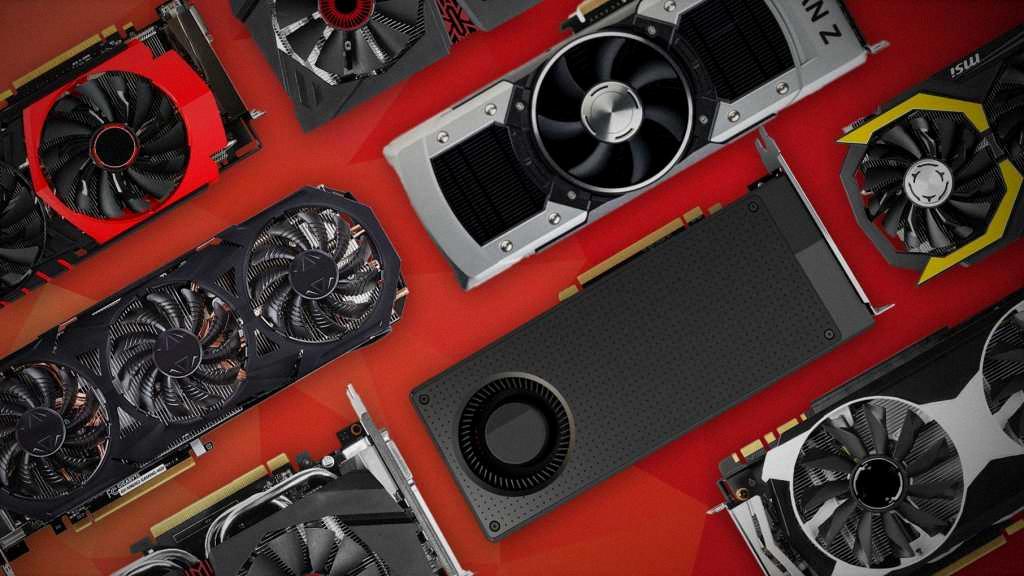
Source: pcworld.com
Installing Graphics Drivers
Installing graphics drivers involves a few steps. First, you need to make sure that you have the correct driver for your graphics card. You can do this by visiting the manufacturer’s website or looking up the model number of your graphics card. Once you have the correct driver, you need to download it to your computer.
Next, you will need to open Device Manager and expand the Display Adapters section. Right-click on your graphics card, select Update Driver, and choose “Search automatically for updated driver software”. Windows will then search for any aailable updates and prompt you when one is found.
If no updates are found or if a manual installation is required, you can click “Browse my computer for driver software” instead of “Search automatically for updated driver software” to find the downloaded driver file and install it manually. Once installation is complete, restart your computer and verify that everyhing was successful by opening Device Manager again, expanding Display Adapters section, right-clicking on your graphics card and selecting Properties to view the Driver tab. Verify that both Driver Version and Driver Date are correct.
The Potential Risks of Updating Graphics Drivers
Yes, updating graphics drivers can cause problems. If a graphics driver update is not done properly, it can create conflicts and even lead to system crashes or game freezing. It’s important to make sure that the driver you are installing is compatible with your system, and that you follow the manufacturer’s instructions for installation. Additionally, if you’re experiencing any issues after a driver update, make sure to check for any available bug fixes from the manufacturer before rolling back to an older version.
Preparing to Upgrade Graphics Card
Before upgrading your graphics card, it is important to fist consider what your needs are and what kind of performance you are looking for. You should also consider the budget you have available and look at the different card models within that range. Additionally, you should check the required power-supply connectors on your new graphics card; some lower-end cards may not require any additional power connectors, as they can draw their power from the PCI Express slot.
You’ll also need to make sure your computer has sufficient space for a new graphics card – this will depend on its form factor, so be sure to check both the length and height of the card. Additionally, you should determine if your system has enough cooling capability to support a new graphics card; if not, you may need to purchase additional fans or upgrade existing cooling components before installing a new card. Finally, make sure that your computer’s BIOS supports the newly installed graphics card before turning it on.
Updating Drivers for Improved Gaming Performance
When it cmes to gaming, you will want to make sure that your drivers are up-to-date for the best performance. This includes updating the BIOS, CD or DVD drive drivers and firmware, controllers, display drivers, keyboard drivers, mouse drivers, modem drivers, motherboard drivers and firmware, network adapter drivers, sound card drivers, USB device driver updates (including webcam and printer), and video card drivers. Additionally, you should also make sure to update any game-specific software that you may have installed. Keeping your gaming system up-to-date will help ensure that your games run smoothly and without any frustrating hiccups.
Conclusion
A graphics card is a vital component of any computer system, as it is primarily responsible for processing the visual inormation displayed on a monitor. It is made up of a number of specialized components including a GPU (graphics processing unit), RAM (random access memory) and cooling fans. Graphics cards have improved greatly in recent years, allowing for much higher resolutions and faster frame rates. They are also essential for gaming, as well as more specialized applications such as CAD/CAM software or 3D modeling. To get the best performance out of a graphics card, it’s important to make sure that you buy one that meets your specific needs and fits within your budget.


